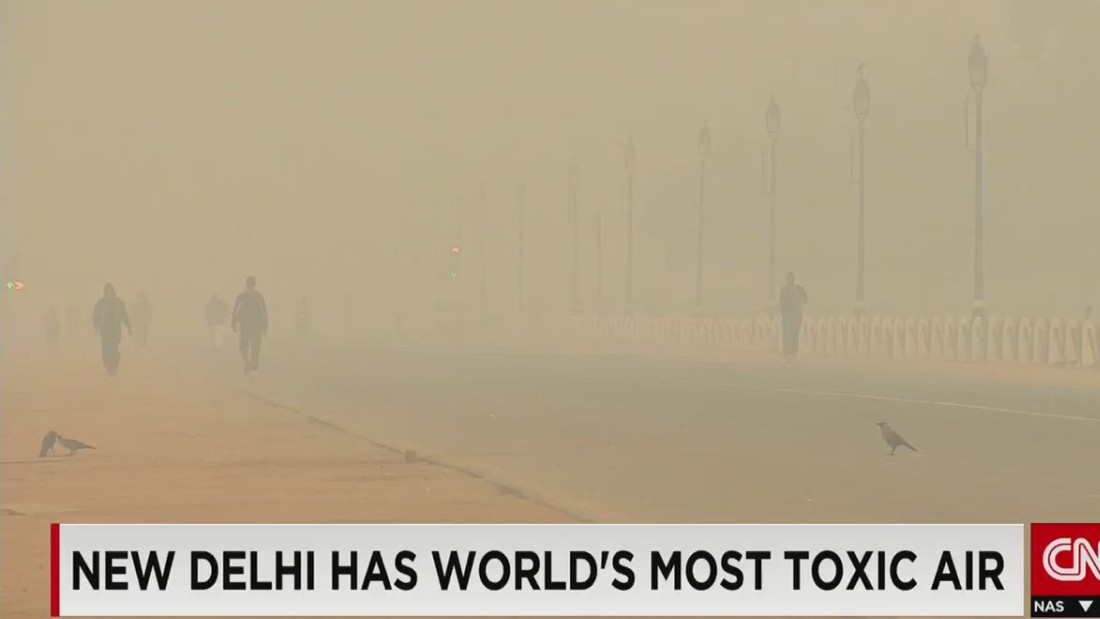The worst air polluter in the entire state of washington is mount st helens

The Worst Air Polluter in Washington State: Mount St. Helens

Mount St. Helens, located in Washington State, is renowned for its infamous volcanic eruption in 1980. While the eruption brought devastation to the surrounding areas, it also had far-reaching impacts on the air quality in the entire state. The eruption of Mount St. Helens stands out as a significant contributor to air pollution in Washington.
The eruption of Mount St. Helens, one of the most catastrophic volcanic events in U.S. history, released an astonishing amount of ash, gases, and other pollutants into the atmosphere. The aftermath of the eruption witnessed a vast plume of ash and volcanic gases that spread across the state, affecting air quality for miles.
The eruption of Mount St. Helens emitted a massive amount of sulfur dioxide (SO2), which is a highly potent air pollutant responsible for causing respiratory issues, especially in sensitive populations. SO2 is infamous for contributing to the formation of acid rain, leading to ecological imbalances and damage to vegetation.

Aside from sulfur dioxide, the eruption also released a significant amount of fine particulate matter into the atmosphere. These microscopic particles, also known as PM2.5, can penetrate deep into the lungs, causing a range of health problems, including respiratory and cardiovascular issues. The widespread dispersion of these particles affected the air quality not only in Washington State but also in neighboring regions, resulting in hazy skies and reduced visibility.
Although the eruption of Mount St. Helens was a catastrophic event that significantly impacted air quality, it is important to note that the volcano is not an ongoing source of air pollution. The immediate aftermath of the eruption caused the most substantial impact, and air quality in the region has significantly improved since then.
Nonetheless, it is crucial to monitor volcanic activity and maintain awareness of the potential impacts on air quality. Volcanic eruptions, like that of Mount St. Helens, serve as a reminder of the effects natural events can have on our environment.
To mitigate the impact of volcanic eruptions on air quality, scientists and authorities continually monitor volcanic activity and provide early warnings to communities. Public awareness and preparedness play a vital role in minimizing potential risks associated with volcanic eruptions, including air pollution.
While Mount St. Helens holds the title for being the worst air polluter in Washington State’s history due to its catastrophic eruption in 1980, it is important to acknowledge the progress made in improving air quality since then. The focus now remains on understanding and mitigating the challenges posed by ongoing sources of air pollution and protecting the environment for future generations.
*Source: The Independent
Tags
Share
Related Posts
Quick Links
Legal Stuff

